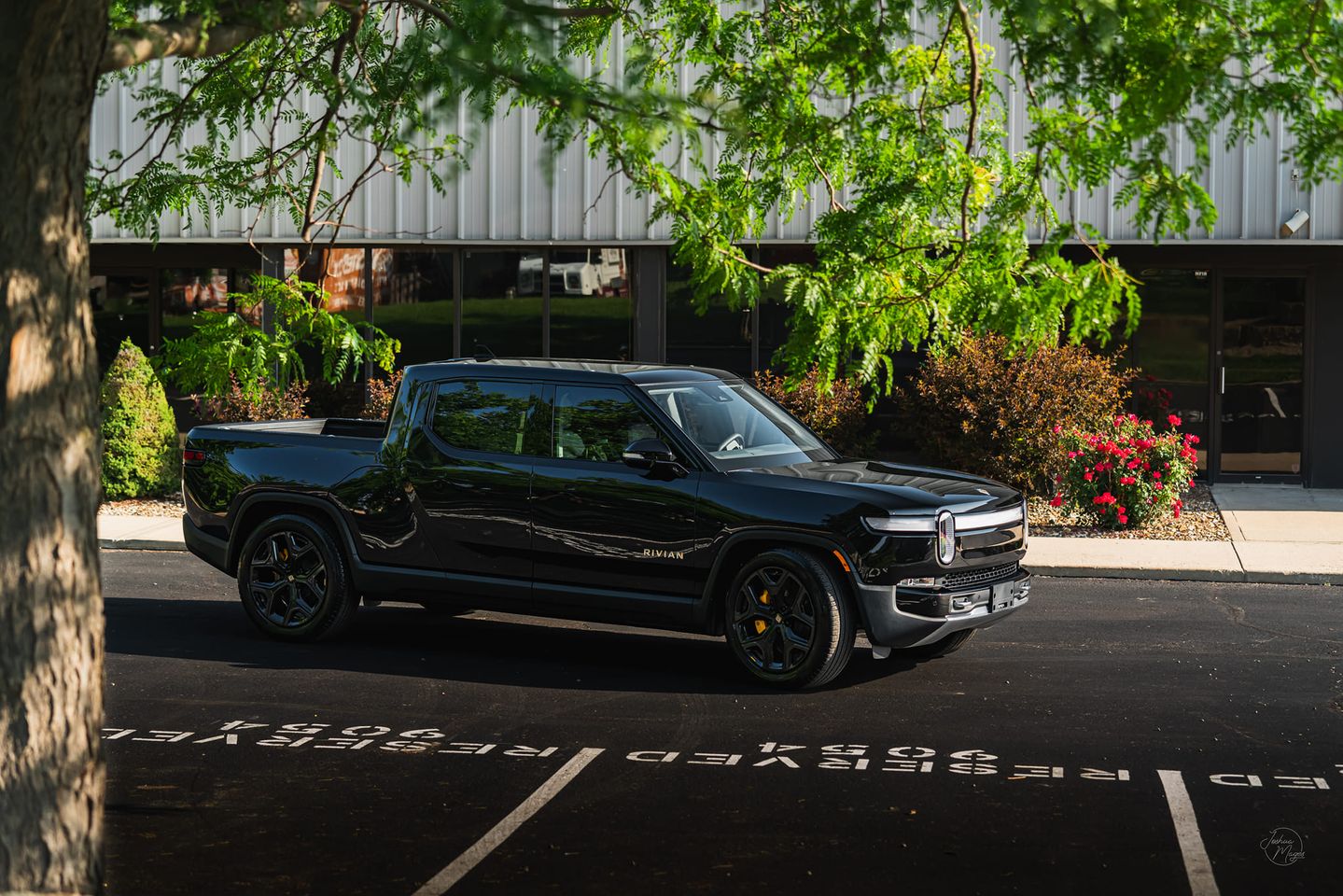Car enthusiasts and owners often debate the use of pressure washers under the hood for cleaning engine bays. Some swear by its efficiency in removing dirt and grime, while others warn of potential risks to sensitive components. The question remains: Should you use a pressure washer under the hood? We’ll debunk the myths and shed light on whether it’s safe and recommended to wield the power of a pressure washer in the engine bay when auto detailing.
The Pros and Cons of Pressure Washing Under the Hood of Your Car
The Pros
- Clean More Efficiently
A pressure washer can blast away stubborn grease, oil, and debris from engine components, making it a quick and effective cleaning method. - Pressure Washing Saves Time
Cleaning the engine bay with a pressure washer can save considerable time compared to hand cleaning, especially for heavily soiled areas. - Improved Aesthetics
A sparkling clean engine bay can enhance the overall appearance of your vehicle and even increase its resale value.
The Cons
- Water Damage Risk
The most significant concern is the risk of water damage to sensitive electronic components, such as sensors, connectors, and fuse boxes. Water intrusion can lead to electrical malfunctions and costly repairs. - Degradation of Protective Coatings
Some engine components are coated with specialized materials to protect against moisture and contaminants. High-pressure water can compromise these protective coatings over time.
- Displacement of Grease and Lubricants
Pressure washing can displace or wash away essential grease and lubricants, potentially leading to premature wear and tear on moving parts.
Tips for Safe Engine Bay Cleaning
While pressure washing under the hood can be risky, you can minimize potential damage with these safety measures:
- Avoid Direct Spray
Never point the pressure washer nozzle directly at electrical components, connectors, or sensitive areas. Instead, use a wider spray pattern and maintain a safe distance. - Cover Sensitive Parts
Use plastic bags or protective covers to shield critical electrical components, such as the battery, fuse box, and alternator, from water exposure. - Use Lower Pressure Settings
Many pressure washers come with adjustable pressure settings. Opt for lower pressure to reduce the risk of water intrusion and damage. - Prep the Engine Bay
Before using a pressure washer, cover exposed air intakes and filters with plastic bags or waterproof covers to prevent water from entering the intake system. - Degrease and Hand Clean First
Prior to pressure washing, degrease the engine bay and hand-clean sensitive areas to minimize the need for excessive pressure.
Excalibur Detail Can Ensure Your Engine Bay Is Properly Cleaned
While pressure washing can be an efficient way to clean the engine bay, it comes with inherent risks. Water intrusion can lead to costly repairs, making it crucial to exercise caution and follow safety measures. If you’re not confident in using a pressure washer under the hood, consider seeking professional detailing services. Professional detailers have experience and knowledge in safely cleaning engine bays, ensuring your car stays in pristine condition without risking damage.
Ultimately, the decision to use a pressure washer under the hood should be made carefully, weighing the benefits against the potential risks. With proper precautions, you can enjoy a clean and aesthetically pleasing engine bay without compromising your vehicle’s performance and longevity. Contact Excalibur Detail to ensure your car’s engine bay is properly detailed!



